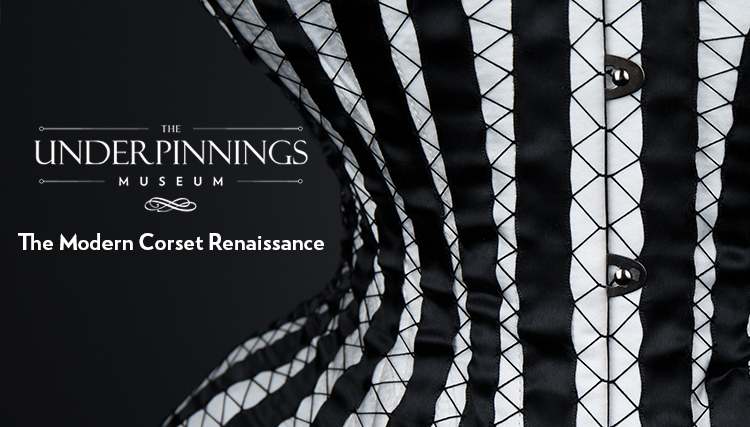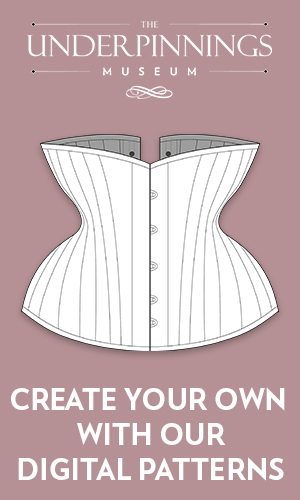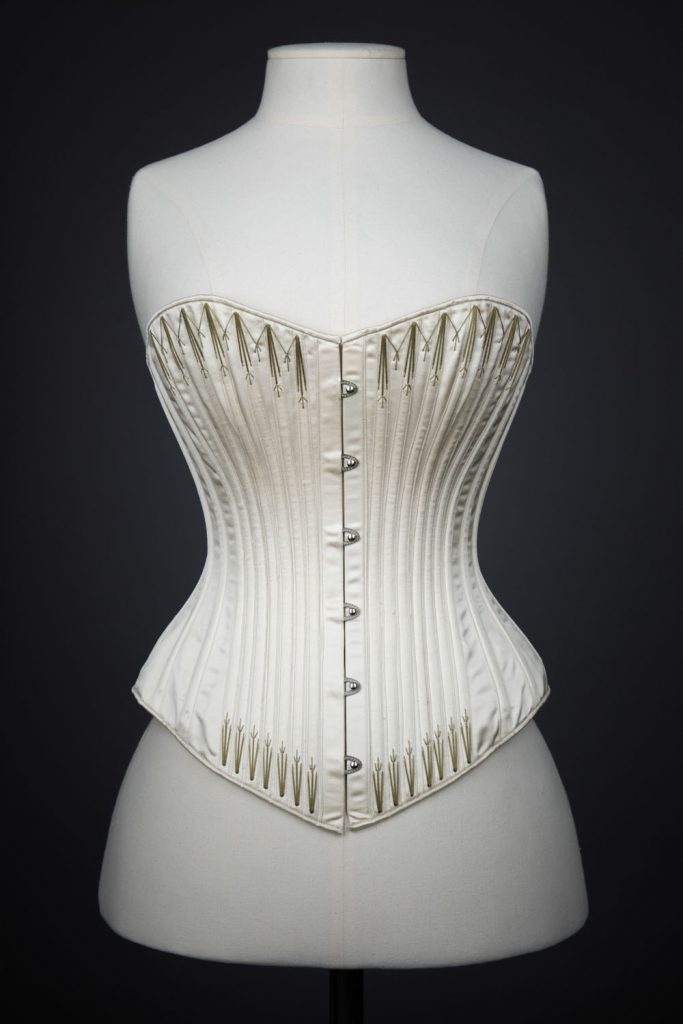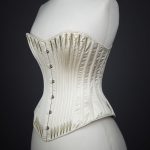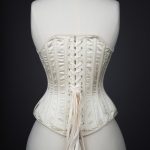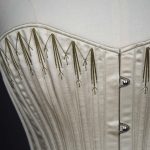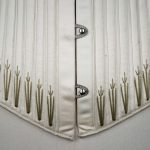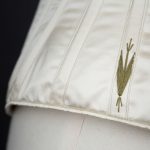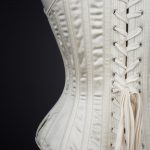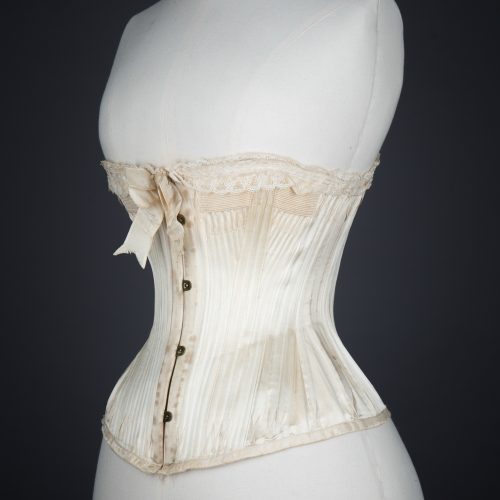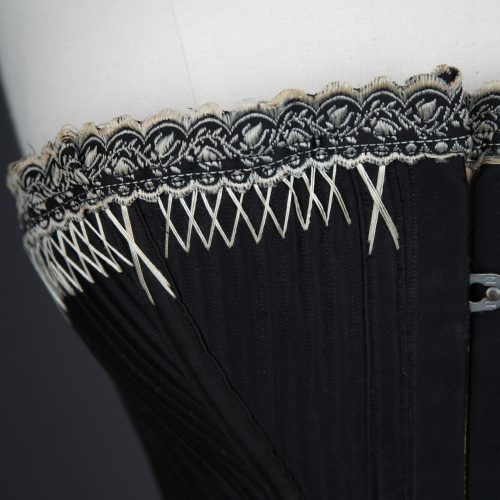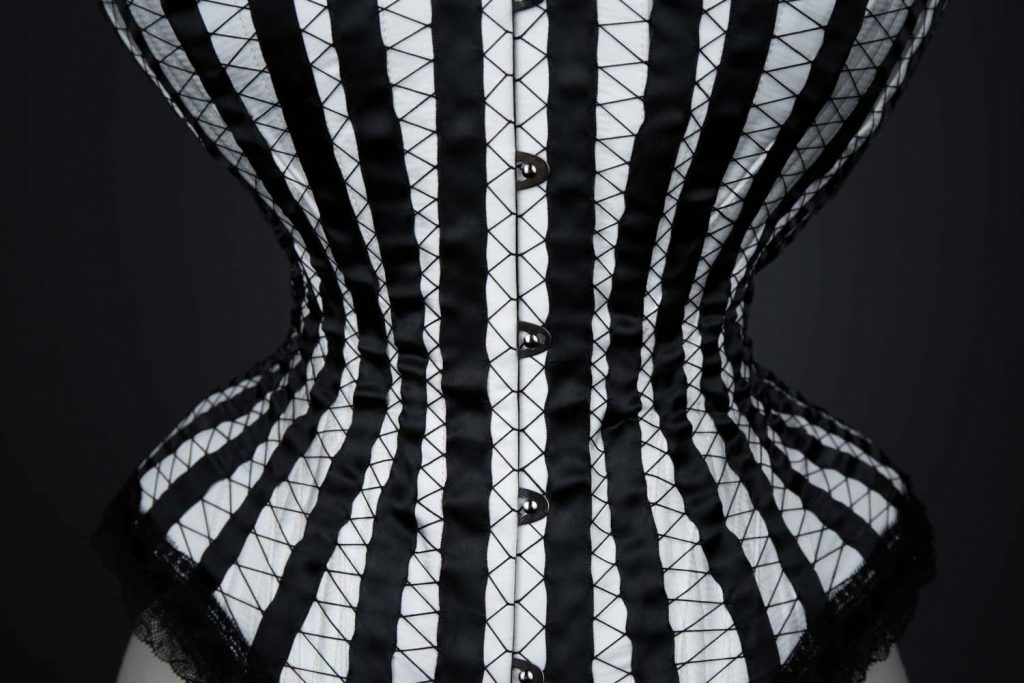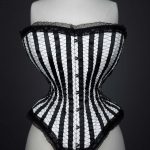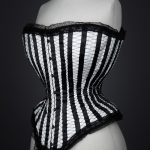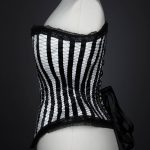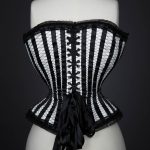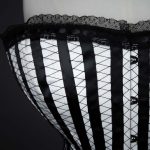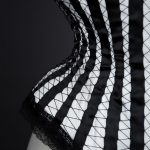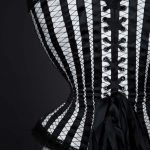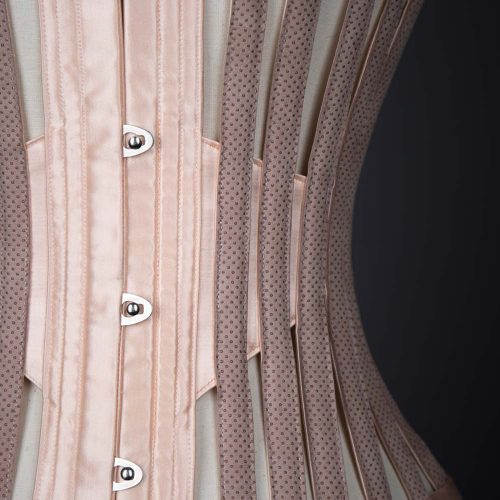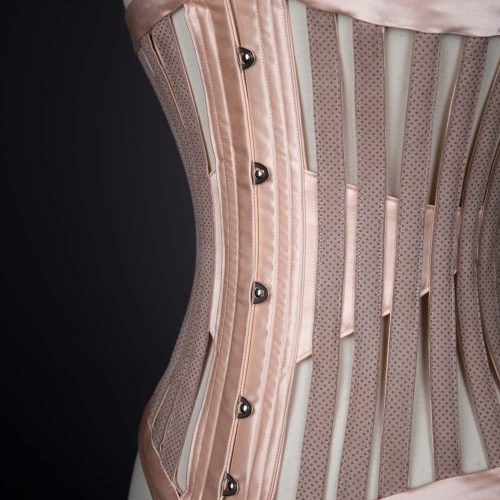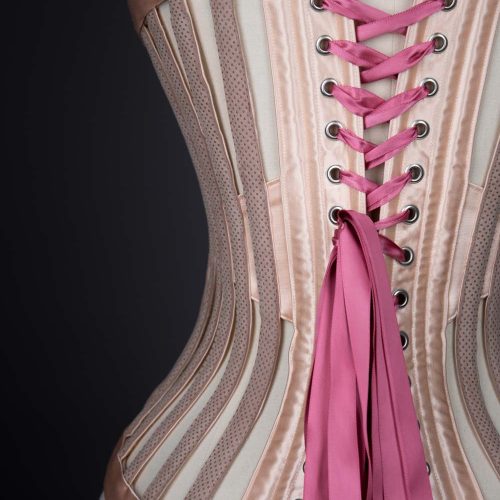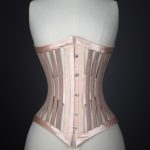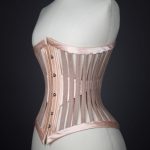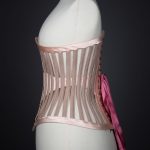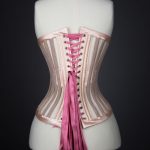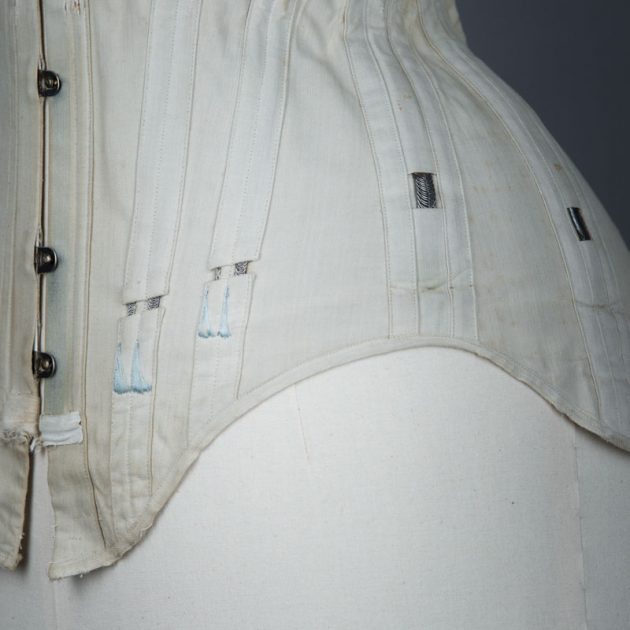To many, the concept of a “modern corset” is an oxymoron. Corsets are considered by the world at large to be outmoded and anachronistic, but for contemporary makers and wearers alike, we are in the midst of a modern corset renaissance. Modern corsetieres are reconceptualizing corsets both functionally and aesthetically.
At the beginning of the 21st century, corsetieres focused heavily on “The Rules” of the craft. A “proper” corset had to have a certain number of layers of coutil, for example, or one had to have made at least so many corsets before one should consider going into business. The rules were often based on what makers thought they knew of antiques at the time… but the understanding was incomplete.
The corset-making revolution had many key players, but Foundations Revealed stands out as the vanguard. Foundations Revealed offered a monthly subscription of in-depth how-to articles for creating period undergarments, written by professionals. Before Cathy Hay launched this resource, information on corsetry was either closely guarded, or scattered and confusing. With Foundations Revealed, corset makers came together. New figures rose to prominence, sharing their knowledge on techniques both new, and tried and true. From this tight sense of community arose the Oxford Conference of Corsetry, furthering the energy and knowledge sharing as begun by Foundations Revealed. The presence of The Underpinnings Museum at the 2017 Oxford Conference of Corsetry was another step on this path, revealing overlooked sources of historic inspiration to an eager audience.
